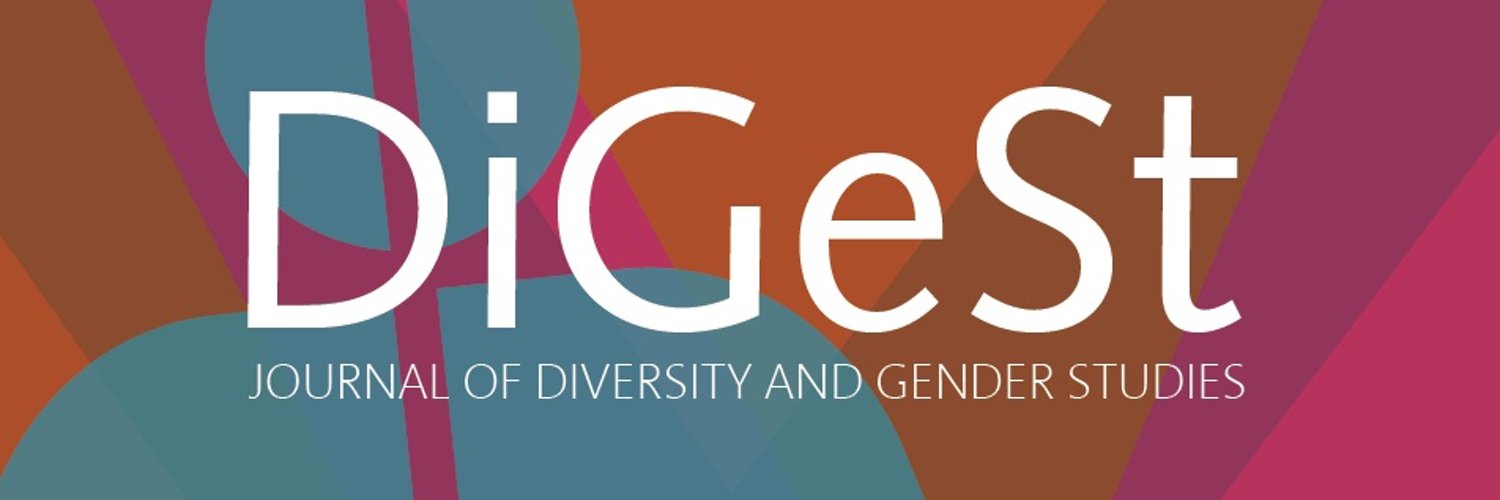Martínez, M-A. (2018). Storyworld Possible Selves. Berlin: De Gruyter Mouton. Review by Jante Borremans
Abstract
María-Ángeles Martínez’s Storyworld Possible Selves (2018) offers a theoretical framework within the realm of postclassical narratology, positioned on the intersection of cognitive narratology, cognitive linguistics, and social psychology. The book provides a model to better understand the reader’s engagement with a story. Basing itself on the idea of blending, as understood by Fauconnier and Turner (2002), Martínez seeks to embrace and map the idiosyncrasy of the reading experience by suggesting potential overlaps between two mental spaces: the reader’s self-perception and their perception of the focalizing character. By blending these two mental spaces into one new space, different kinds of what Martínez calls storyworld possible selves or SPSs emerge, defined as ‘imagings of the self in storyworlds’ (Martínez, 2014, p.119). The model as conceptually delineated within the book is imminently suitable for the analysis of empirical data gathered from actual readers, bridging the wide gap that exists between academic and lay readers, as has recently been done in several studies. In that sense, it manages to escape the generic image of the reader as often reverted to in previous literary theories concerning readership.
How to Cite:
Borremans, J., (2025) “Martínez, M-A. (2018). Storyworld Possible Selves. Berlin: De Gruyter Mouton. Review by Jante Borremans”, DiGeSt - Journal of Diversity and Gender Studies 12(1), 125-127. doi: https://doi.org/10.21825/digest.95444
Downloads:
Download PDF
View PDF
52 Views
12 Downloads
